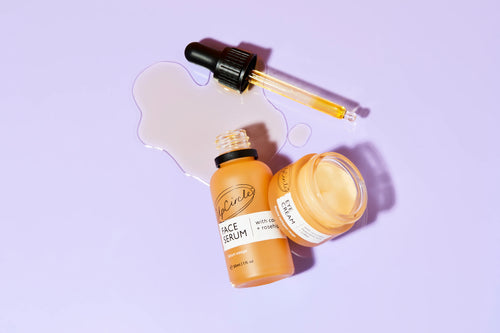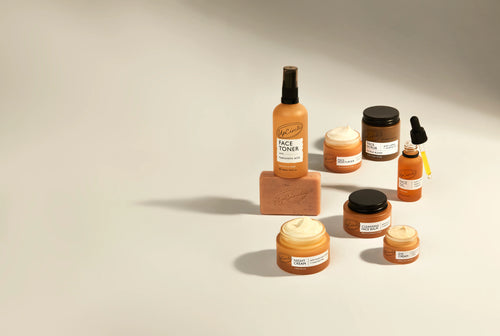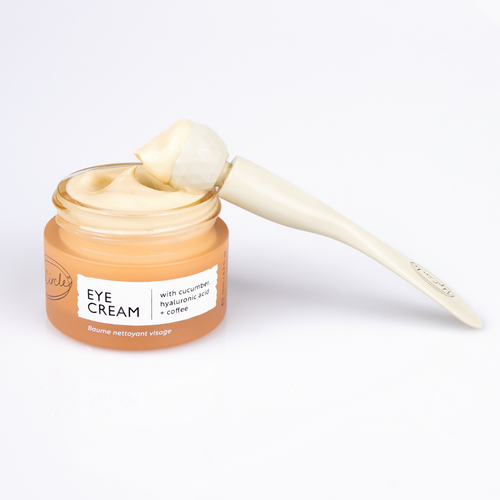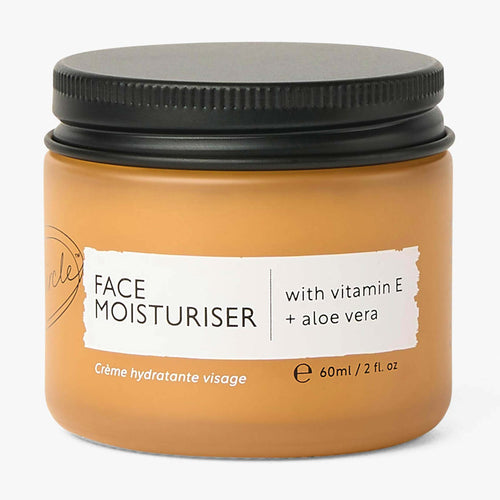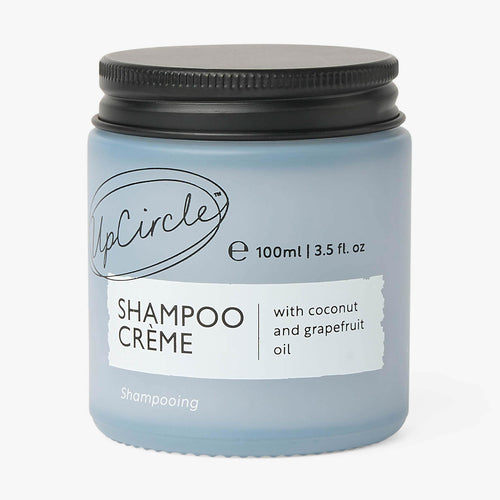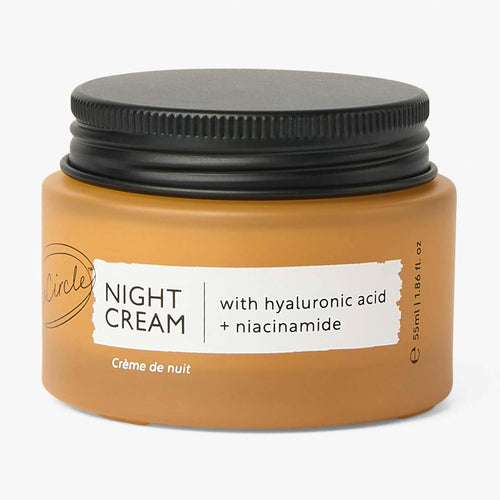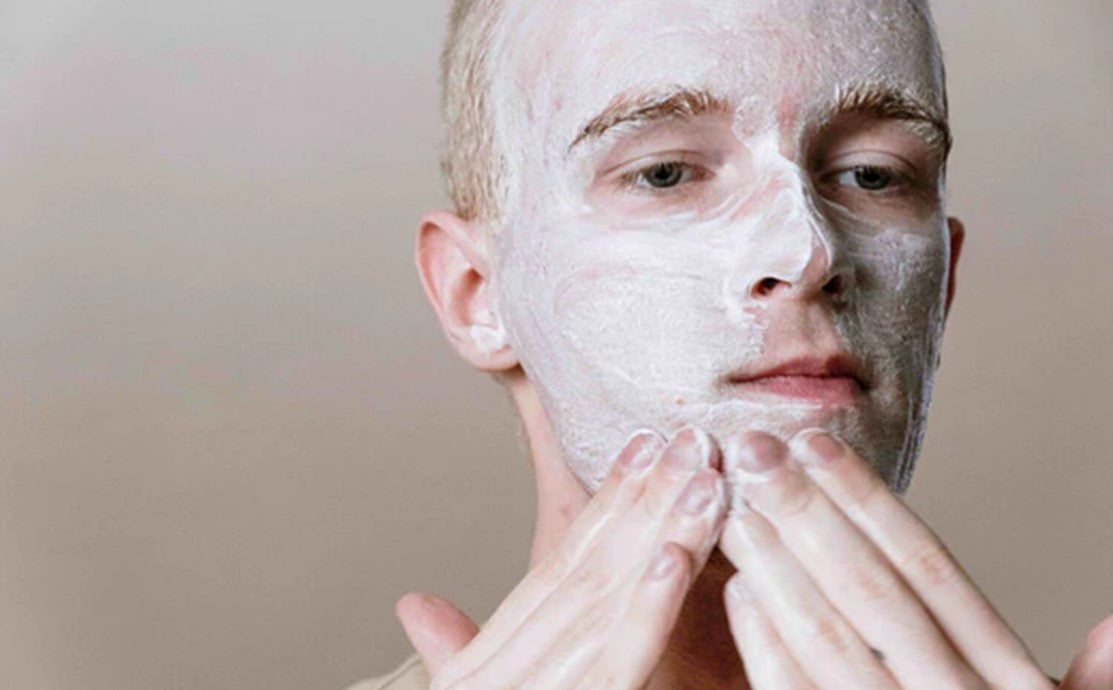Perioral dermatitis can be a frustrating skin condition for those who have it. But what exactly is perioral dermatitis and what causes it? Can it be treated and what is the best skincare routine to combat it?
In this guide, we share everything you need to know about perioral dermatitis, including our top tips on keeping your skin healthy and using the right skincare ingredients. As always at UpCircle, our focus is on natural and sustainable products that do your skin good.
What is perioral dermatitis?
Are you concerned that you may have perioral dermatitis? You aren’t alone! It is a common rash that covers the area around your mouth and inflames your skin, leaving it sore and itchy. It’s frustrating and can also leave you feeling self-conscious.
Perioral dermatitis can be caused by several factors but is mostly due to using makeup or skincare products with specific ingredients, such as alcohol or steroids, which causes the flare-up. You may think all skincare is good but the reality is that sometimes the ingredients, especially when they aren’t natural, can cause problems. It’s one of the reasons why we recommend different skincare products and routines for different skin types.
Another common question around perioral dermatitis is whether it’s contagious. The good news is that it is not! Even when you have a significant flare-up, it cannot be transferred from you to anyone else. If someone you are close to develops perioral dermatitis simultaneously, you should consider if you are using the same cosmetic or skincare products that could be causing it.
Perioral dermatitis causes
We’ve shared that the most common cause of perioral dermatitis is using alcohol or steroid-based cosmetics on your skin. However, there are some other causes that you should be aware of if you are certain that your cosmetics aren’t the problem:
- Steroid ointment or cream
- Toothpaste and chewing gum
- Hormone imbalance
- Oral contraceptive pill
- Bacteria that irritates the skin
- Strong winds that cause wind burn on your face
- Overgrowth of yeast around the mouth
- UV lighting
You are more likely to experience perioral dermatitis if you have dry and sensitive skin.
What perioral dermatitis treatment works best?
If you want to know how to get rid of your perioral dermatitis, there are several treatments you can try. Before you head out to your doctor or pharmacist, trying perioral dermatitis home treatment is the best first step.
Firstly, stop using anything on your face for the first few days, as this will give your skin time to rebalance and heal on its own. Then, once a few days are up, you can use a topical cream that has soothing properties and is made from natural ingredients. A good natural moisturiser should be all that is needed.
If your home treatment isn’t suitable as your condition is more extreme, you will need to get perioral dermatitis over-the-counter treatment to help. Rather than self-medicating, you must speak to a pharmacist or GP for advice on the best treatment to use. Remember that anything that has alcohol or steroids in it will likely make your condition worse, not better.
When you’ve found a treatment that works, keep your skin in good condition by using natural skincare solutions in the future. Ensure you don’t go back to using the cosmetic or skincare which triggered the problem in the first place. If it was caused by environmental conditions, then try to consider how you can avoid these in the future.
Understanding perioral dermatitis healing stages
Once your perioral dermatitis is starting to heal, there are certain signs you can look for, as per the healing stages below:
- Stage One – this stage is known as regression and shows as the red and itchy spots begin to disappear quickly.
- Stage Two – known as relocation and is characterised by the condition developing in a new location. When this happens, it can feel very stressful, especially if the relocation continues happening in new areas. Hang in there, as it will eventually disappear.
- Stage Three – the final stage is called oscillation, characterised by the red lumps appearing and disappearing quickly. This stage shows that your body is working hard to rebalance your skin, supporting it to heal quickly.
Sometimes the stages are less clear cut, but it is usual for there to be fluctuations in appearance as healing progresses.
What’s the difference – perioral dermatitis vs acne
Many people get confused between perioral dermatitis and acne, thinking they are the same condition. However, there are significant differences between the two.
Perioral dermatitis is a common skin rash that appears around the mouth. It is usually triggered by an irritant such as certain skincare and makeup products, steroid creams, or it can even be a hormonal issue that appears just before menstruation. There aren't any pustules.
Acne is a skin condition that can affect your face, back and chest, and produces hot and painful spots that are difficult to eliminate. There are six types of acne spots, which can be exacerbated by makeup or heavily perfumed, synthetic skin care treatment. In severe cases, acne will require medical treatment.
Best skincare for perioral dermatitis
If you suffer from perioral dermatitis, you must choose the best skincare routine, using products that won’t cause a reaction or exacerbate the condition. At UpCircle, our mission is to provide customers with effective, cruelty-free skincare products that will leave you looking and feeling great. Take a look at our extensive range of products and treat yourself to a kind and gentle skincare routine.

